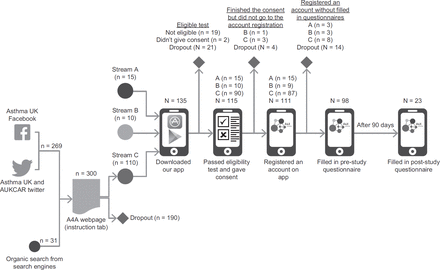Reimagination and transformation are words often used by experts, commentators, and decision-makers while referring to the future of health care in India. In most cases, this reimagining and transforming refers to decisions that need to be taken–about ways to boost cutting-edge research and build infrastructure, addressing open regulatory questions, and embracing AI and other digital technology tools. Far less often, however, do these conversations consider who takes these decisions and how they will be taken.

Leadership–both who leads and how they lead–is the invisible foundation of designing any health care solution. It is the behind-the-scenes mechanism that determines which solutions are explored, introduced, and eventually scaled up. Very often, it is the difference between an idea and its on-ground implementation. In a country like India, where public health challenges are not only scientific or biomedical, but also social, bridging this difference can affect the lives of millions. Scientists in laboratories may have developed India’s first domestic HPV vaccine, but for it to benefit women and girls all over the country, a series of decisions–from planning a nationwide rollout and training frontline health workers to tackling widespread stigma–need to be made.
India’s health ecosystem has long valued technical expertise and authority over softer skills that underpin a more inclusive approach in its leaders. Bringing leadership to the fore in health care, therefore, necessitates a mindset shift to address persistent health system challenges in the country.
Leadership development is mostly thought of in the context of management training and business degrees, far from health care settings in which traditional gender norms and hierarchical notions dominate. However, these structural barriers often result in policies that overlook the needs of marginalised communities, perpetuating poor health outcomes and hindering progress towards health inclusion and equity. Gender norms and inequalities, in particular, affect the design and delivery of health care, determining women and girls’ access to vital information, resources, and services.
That improvements in organisational outcomes are related to leadership decisions might seem intuitive on the surface. However, across the health ecosystem, leadership, and especially women’s leadership, has been overlooked as a key lever for designing equitable solutions and improving health outcomes. Investments are far more likely to be allocated towards R&D and infrastructure over the people whose decisions will shape potential solutions.
In recent times, this view is gradually changing; a recent BMJ review of over 130 studies examining the impact of women’s leadership in organisations across low-and-middle-income countries found that women’s leadership is associated with positive changes across key outcomes, including innovation and health. In the case of health outcomes, notably, there are examples of reductions in sex-selective abortions in India and more proactive pandemic responses resulting in fewer Covid-19-related deaths.
Documentation of these examples is limited, owing in part to women’s lack of representation in health leadership, but both showcase new ways of thinking about deep-rooted and complex public health challenges. Women leaders also display more participatory leadership approaches, poising them to approach challenges with greater inclusivity. In other words, today, women are the greatest underutilised leadership pool for transforming health outcomes.
As the health ecosystem in India evolves to incorporate more technology-enabled solutions, there is a need to consider the leadership decisions that will inform the path of this evolution. Contrary to popular notions, leadership is a developed skillset —an interplay of mindset and behaviours that can be acquired through targeted training, allowing the health systems to move away from traditional, hierarchical ideas that equate technical expertise with good leadership. For instance, in the case of community health workers and nurses working in rural India, dedicated training programmes not only empower them, but also enhance the overall quality of care that would otherwise not be assured with technical skills alone.
Additionally, there is a need to deepen our understanding of the links between leadership and improved outcomes. Today, there is limited attention paid towards the impact of women’s leadership on health outcomes; generating more contextual data can help build the necessary awareness and momentum towards transforming rigid systems.
While leadership features in everything we do, it is not an answer by itself for addressing health challenges. It is a part of the answer, a component along with science, politics, economics, sociology, and so on. As these elements work together in addition to policy, regulation, and governance, we can begin to concretely redefine the future of health care in India.
This article is authored by Dr Ayesha Chaudhary, director and Sanaya Chandar, communications manager, WomenLift Health, India.





